The animal kingdom is full of cunning and clever creatures, but not all hunters rely solely on brute strength or speed to catch a meal. Some predators take their game to the next level with strategies that would make even seasoned tacticians envious. These hunters have mastered the art of deception, patience, and sometimes pure genius to outwit their prey. Let’s dive into the wild and uncover the most remarkable examples of brain over brawn.
1. Crows Use Tools To Outsmart Their Meals
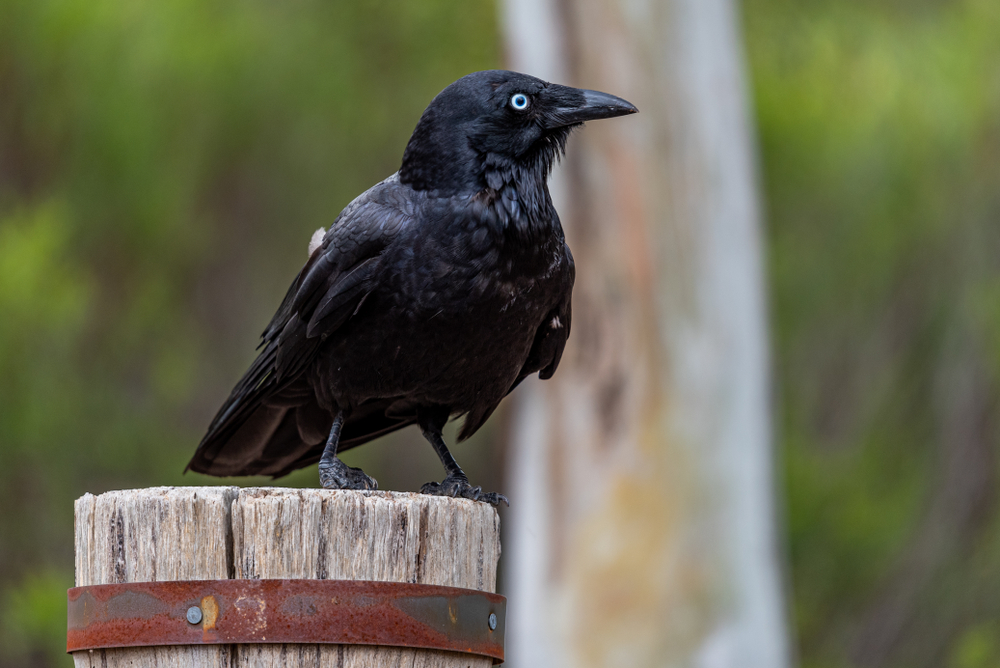
Crows are among the most intelligent birds and one of the smartest animals on the planet, according to the BBC. They’ve been observed using sticks to extract insects from crevices and even dropping nuts on roads so cars can crack them open. Their ingenuity doesn’t stop there—they can remember faces and learn patterns to exploit food sources. Whether solving complex puzzles or teaming up with others, crows prove that intelligence is a formidable weapon in the hunt for survival.
2. Orcas Work Together Like Underwater Strategists
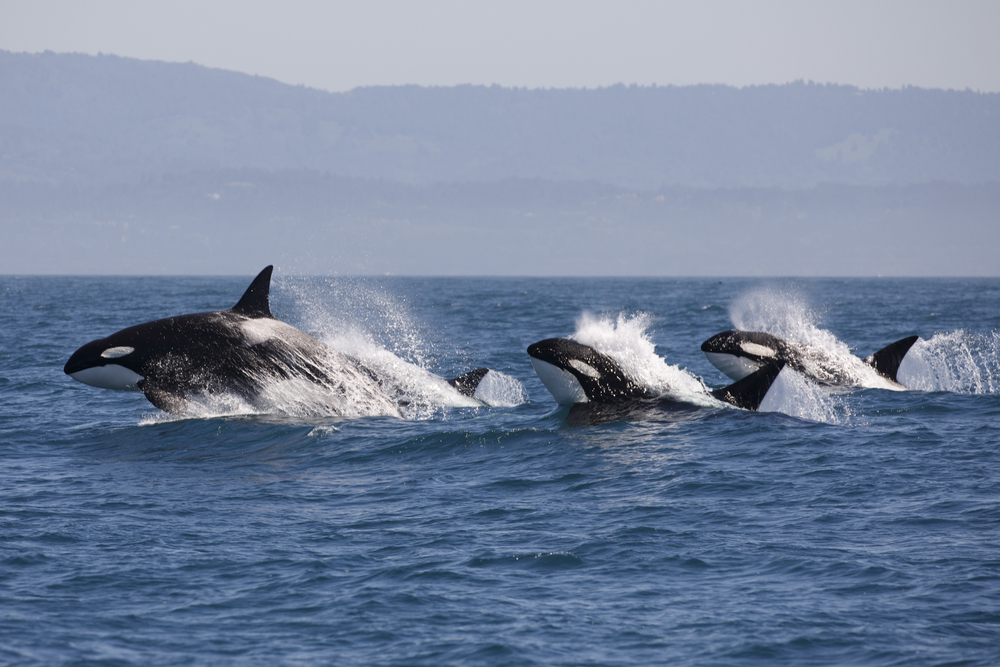
Orcas, or killer whales, are the ocean’s ultimate team players, collaborating in pods to outmaneuver their prey. They’ll use advanced hunting techniques like creating waves to knock seals off ice floes or herding fish into tight balls for easy pickings. Communication is their secret weapon, as they use clicks and calls to coordinate their strategies. Their ability to adapt and improvise makes them one of the most fearsome predators in the sea.
3. Octopuses Use Camouflage and Problem-Solving Skills

Octopuses are the masters of disguise, blending into their surroundings with unmatched precision. But their intelligence extends far beyond hiding—they can use tools, unscrew jars, build shelters out of discarded objects, and even plan escapes from tanks, according to the experts at the National History Museum. In the wild, they use problem-solving skills to ambush prey or evade predators. With their quick thinking and unmatched adaptability, octopuses prove that brains can beat brawn any day.
4. Wolves Employ Complex Pack Strategies
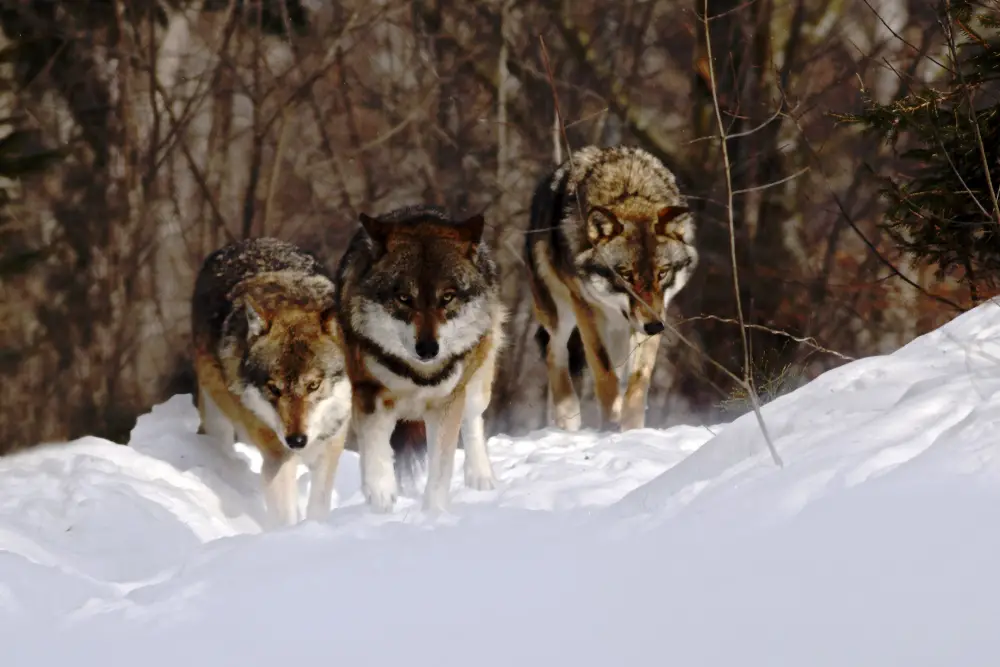
Wolves are experts at using teamwork to take down prey much larger than themselves. A wolf pack works like a well-oiled machine, with individuals taking on specific roles during a hunt. They’ll stalk their prey for miles, using relentless persistence and tactical positioning to corner and exhaust their target. Their coordinated efforts are a testament to the power of strategy and collaboration in the animal world.
5. Dolphins Use Bubbles to Confuse Their Prey
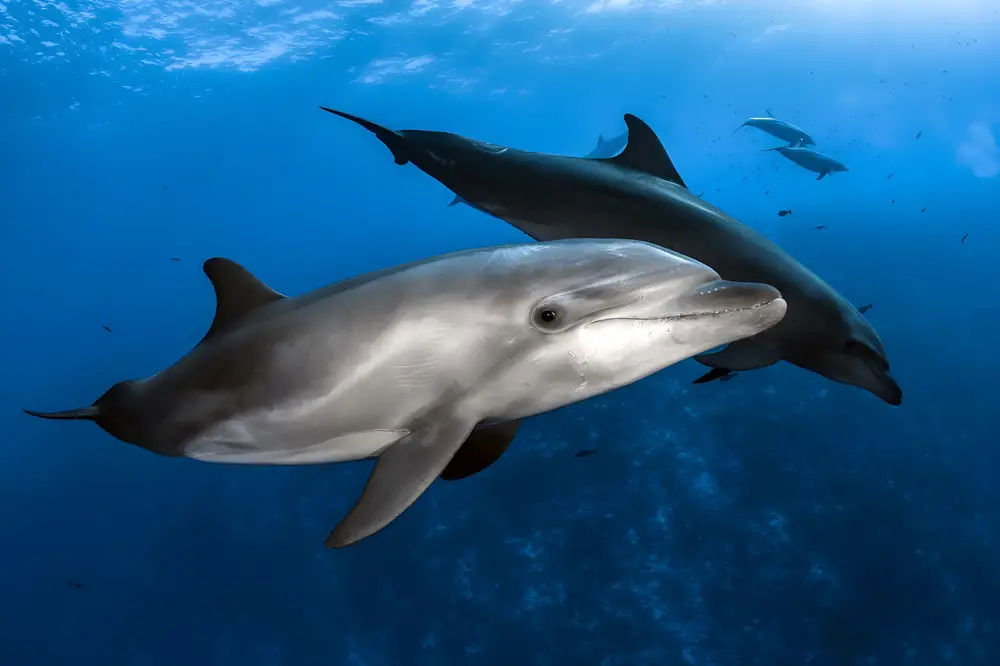
Dolphins have turned bubbles into one of the most creative hunting tools in the animal kingdom. By blowing rings or nets of bubbles around schools of fish, they trap their prey and make them easier to catch. This technique, known as bubble-net feeding, is a remarkable display of innovation and teamwork. Watching dolphins hunt is like witnessing an underwater art form, where intelligence meets precision.
6. Spiders Weave Traps Beyond Webs
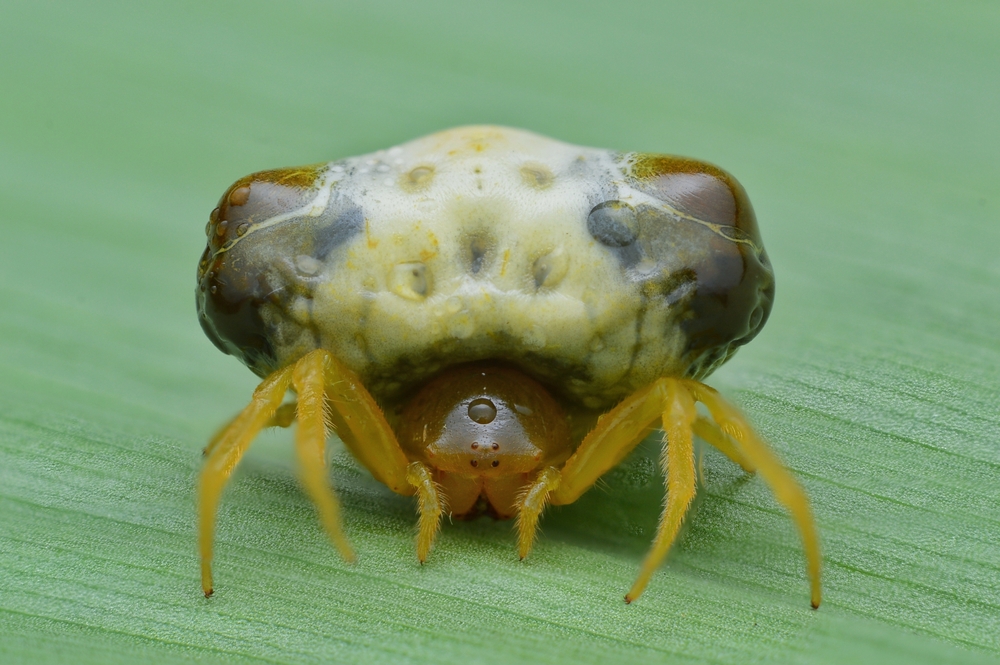
Some spider species, like the bolas spider, use extraordinary tactics to catch their prey. Instead of spinning a traditional web, they create a sticky “bolas” string and swing it to snag unsuspecting insects. Others mimic the appearance of flowers to lure pollinators into their trap. These ingenious adaptations make spiders some of the craftiest predators in the insect world.
7. Lions Rely on Coordinated Ambushes
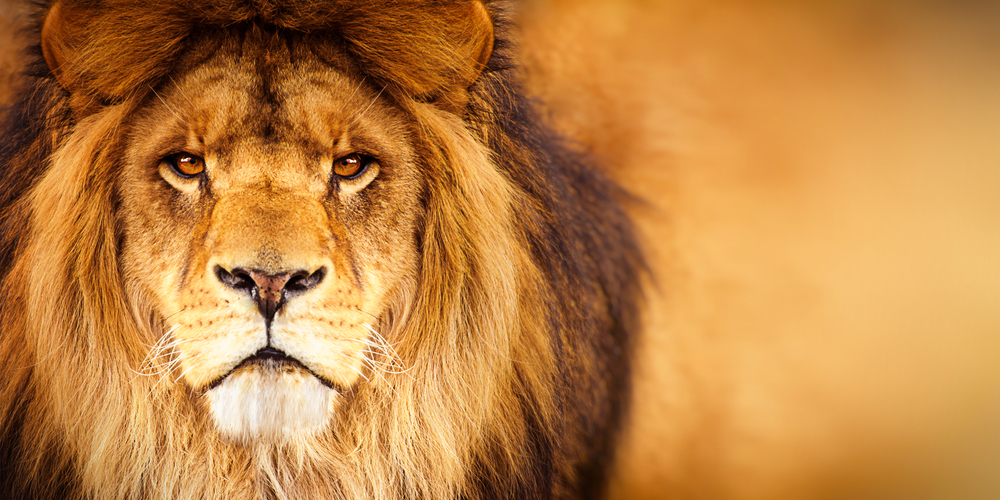
As apex predators, lions aren’t just about raw power—they’re masters of ambush hunting. Lionesses often work together, with some driving prey toward others lying in wait. This coordinated approach maximizes their chances of success and minimizes wasted energy. By blending patience, stealth, and teamwork, lions maintain their status as the kings and queens of the savanna.
8. Bald Eagles Steal Food From Other Predators
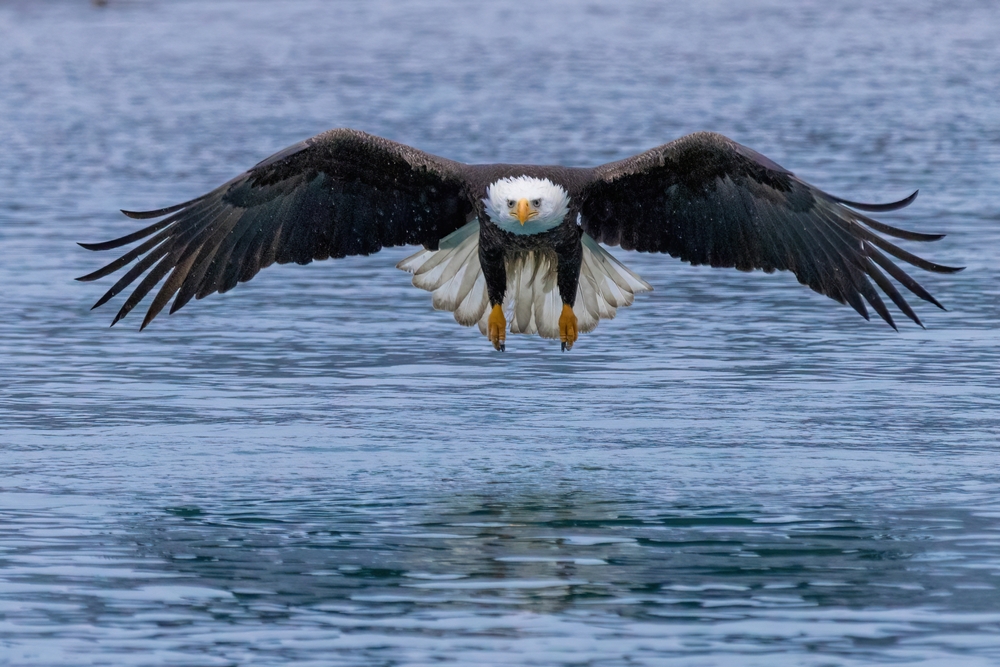
Bald eagles may not always catch their prey, but they’re brilliant opportunists. Known for a behavior called kleptoparasitism, they frequently steal food from other animals, like ospreys, using their size and speed. They’ll also scavenge when the opportunity arises, proving they’re not above taking shortcuts. Their resourcefulness ensures they stay well-fed without expending unnecessary energy.
9. Komodo Dragons Use Venom and Patience
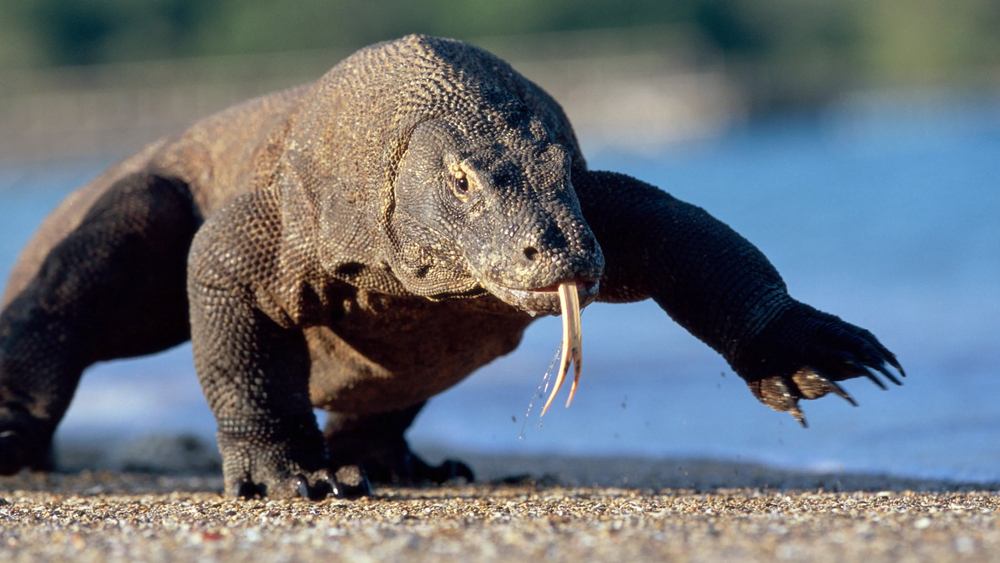
Komodo dragons are not just massive lizards—they’re strategic hunters with a venomous edge. After biting their prey, they’ll wait patiently as the venom weakens and eventually incapacitates the animal. This patience allows them to avoid dangerous struggles while ensuring a meal. It’s a chilling reminder that sometimes the deadliest predators don’t rush—they simply wait for the perfect moment.
10. Chimpanzees Use Tools to Hunt Small Animals
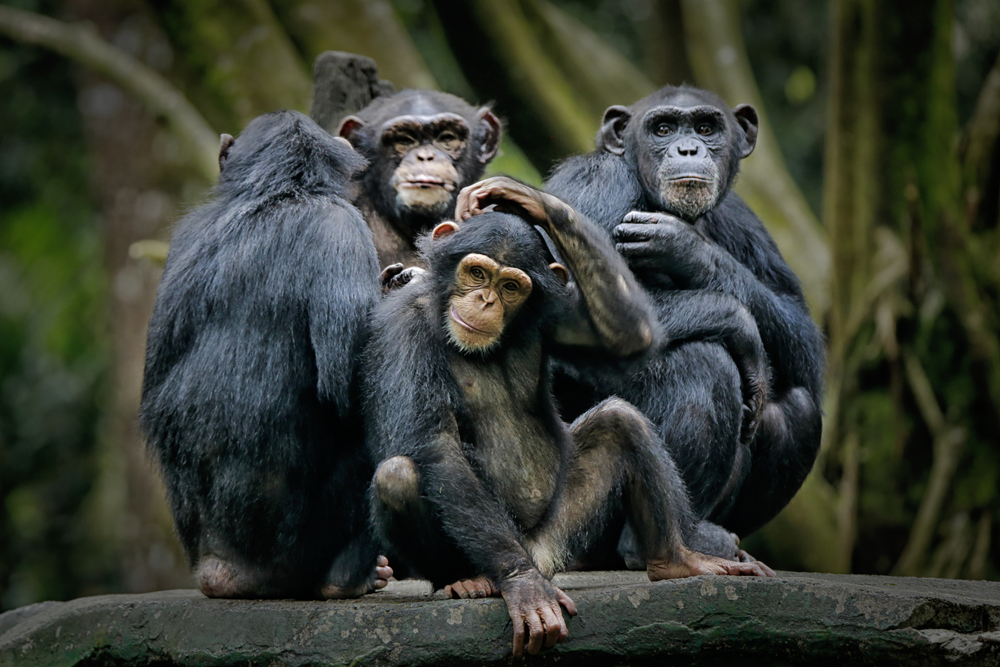
Chimpanzees have been observed using sticks to hunt small prey like termites or even bush babies. They’ve been known to fashion spears by sharpening branches with their teeth, demonstrating incredible foresight and dexterity. Hunting in groups, they share responsibilities and strategize to maximize their chances of success. Their behavior blurs the line between instinct and learned intelligence, showcasing their complex minds.
11. Ant Lions Create Death Traps for Prey
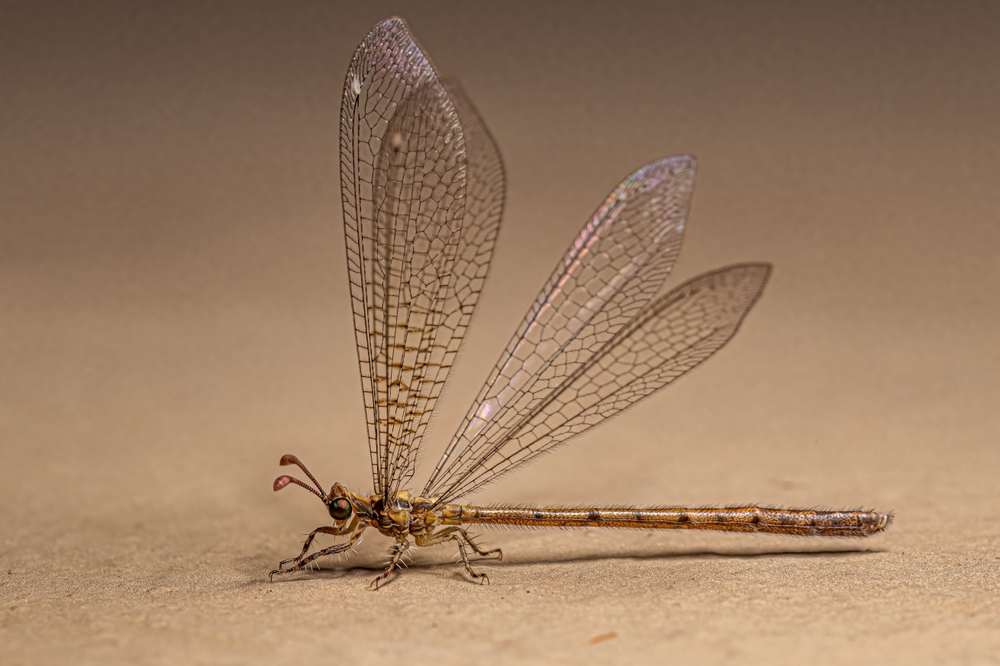
Ant lions, despite their tiny size, are fierce hunters with a clever strategy. They dig conical pits in the sand and lie in wait at the bottom, ready to ambush unsuspecting ants that tumble in. As the prey struggles to escape, the ant lion flicks sand to ensure they fall back toward its waiting jaws. It’s a textbook example of how cunning can make up for a lack of size or strength.
12. Red Foxes Use Magnetic Fields to Pinpoint Prey
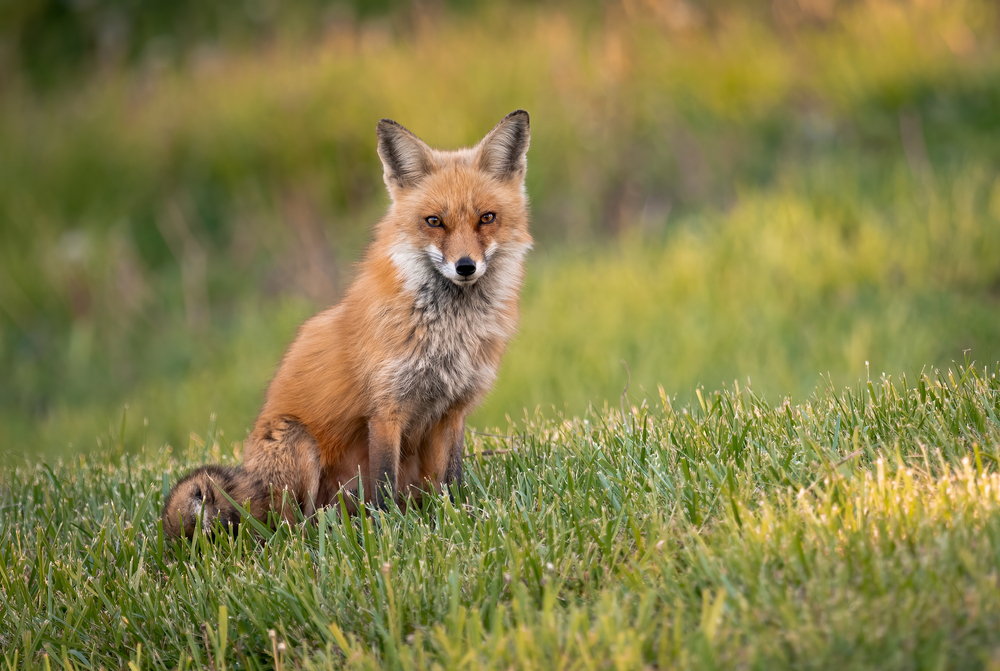
Red foxes have an uncanny ability to locate prey, even when it’s buried beneath snow. Scientists believe they use the Earth’s magnetic field as a targeting system, aligning their pounces with precision. This method gives them a significant advantage during harsh winters when food is scarce. Their combination of sensory skills and patience makes them exceptional hunters.
13. African Wild Dogs Use Endurance and Tactics
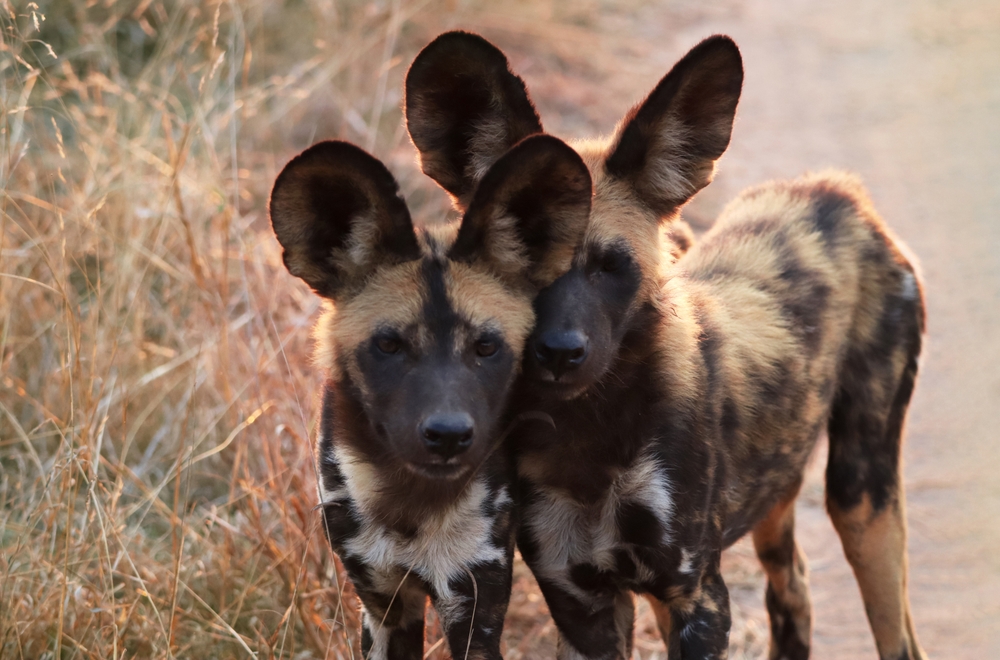
African wild dogs are relentless hunters, known for their incredible stamina and tactical approach. They’ll chase prey for miles, exhausting their target before delivering a coordinated attack. Each member of the pack has a role, ensuring their hunts are as efficient as they are effective. Their unyielding persistence and cooperative strategies are a true marvel of the animal kingdom.
14. Trapdoor Spiders Use Stealth to Ambush Prey

Trapdoor spiders are the ultimate stealth predators, hiding beneath camouflaged burrows until the perfect moment. They construct hinged doors from silk and soil, blending seamlessly with the environment. When an unsuspecting insect wanders too close, they strike with lightning speed. Their patience and precision are a chilling reminder that the wild is full of unseen dangers.
